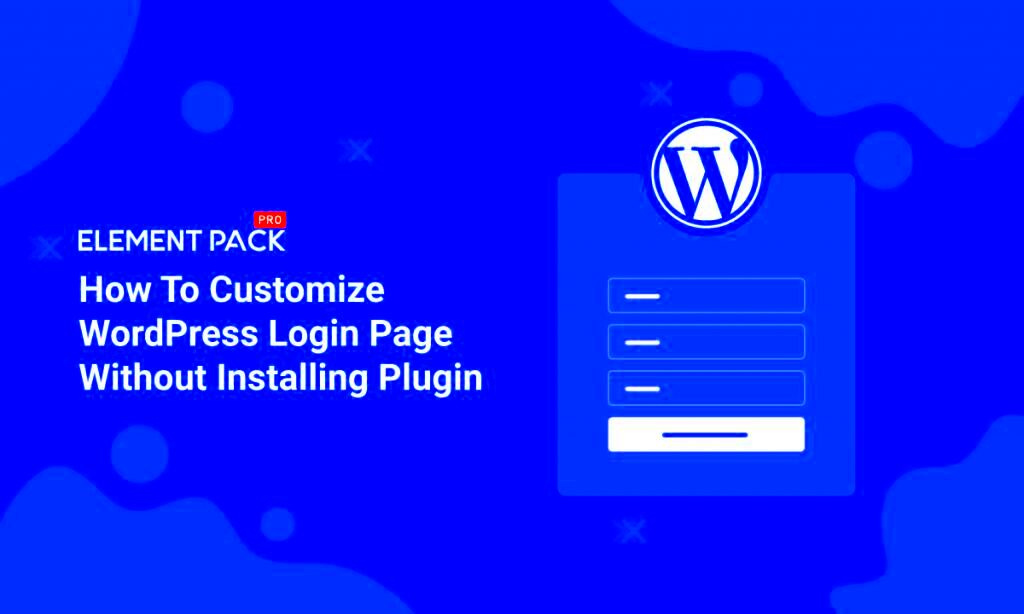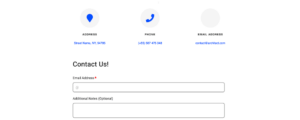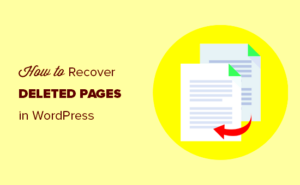When creating a website, especially one built on WordPress, it’s essential to think about how your content is presented to different types of visitors. One critical aspect often overlooked is how pages appear to those who aren’t logged in. This is particularly true for membership sites, subscription-based platforms, or even e-commerce websites.
Here’s why you might want to consider this functionality:
- User Experience: Non-logged-in users might not experience your site as it’s intended. Showing them content tailored for logged-in users can confuse them.
- Conversion Rates: By understanding how a page looks to these viewers, you can modify content to encourage more sign-ups or purchases.
- Brand Perception: Presenting a consistent and appealing first impression is crucial. A poorly designed interface can turn potential customers away.
- Testing Variations: If you’re running A/B tests for landing pages or promotional content, seeing the non-logged-in view can help you analyze which versions are more effective.
In summary, visualizing your website as a non-logged-in user provides valuable insights. It helps ensure that every visitor, no matter their login status, receives an optimized experience.
Introducing the WordPress Plugin
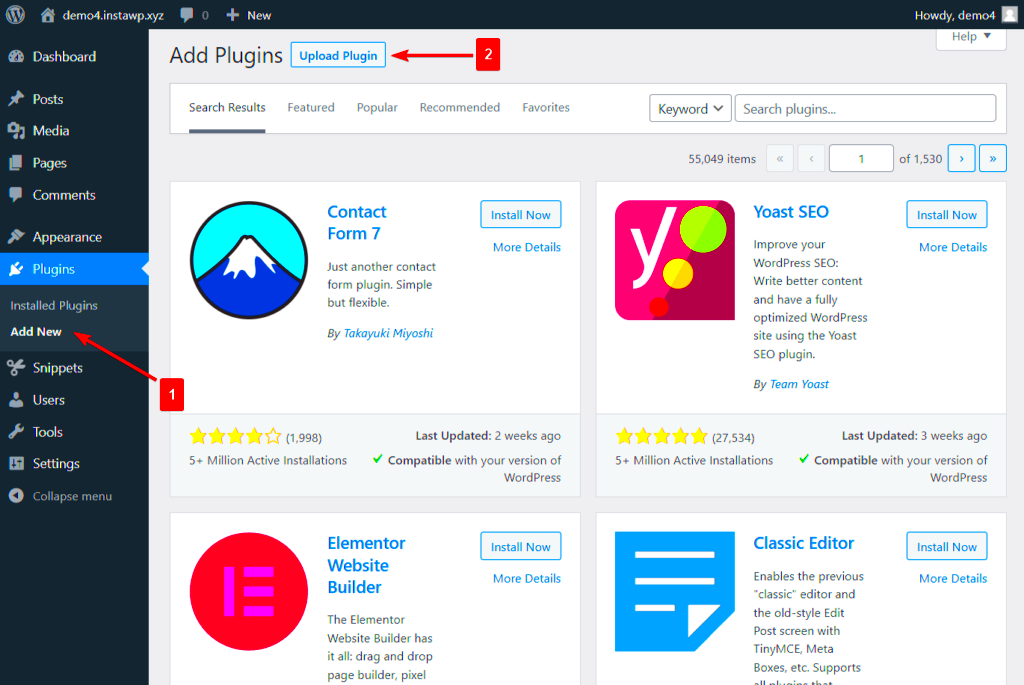
Now that we’ve established the importance of viewing your site from a non-logged-in perspective, let’s delve into a fantastic WordPress plugin designed specifically for this purpose. The plugin, aptly named “View as Non-Logged-In User,” enables site administrators to check how pages are presented to users who haven’t signed in.
Here are some key features of this plugin:
- Easy Installation: The plugin can be installed just like any other WordPress plugin. A few clicks, and you’re good to go!
- User-Friendly Interface: The dashboard is designed to be straightforward, so you don’t need to be a tech whiz to navigate it.
- Live Preview: Experience a live preview of how your content looks to non-logged-in visitors. This feature is incredibly handy for making quick adjustments.
- Custom Role Settings: You can set which user roles can access the plugin, ensuring control over your site’s content visibility.
Using this plugin, you can enhance your website’s appeal and functionality, making it ideal for marketing and customer engagement strategies. Whether you’re a blogger, a business owner, or a developer, this tool can help streamline your efforts in maintaining an engaging user experience.
Key Features of the Plugin
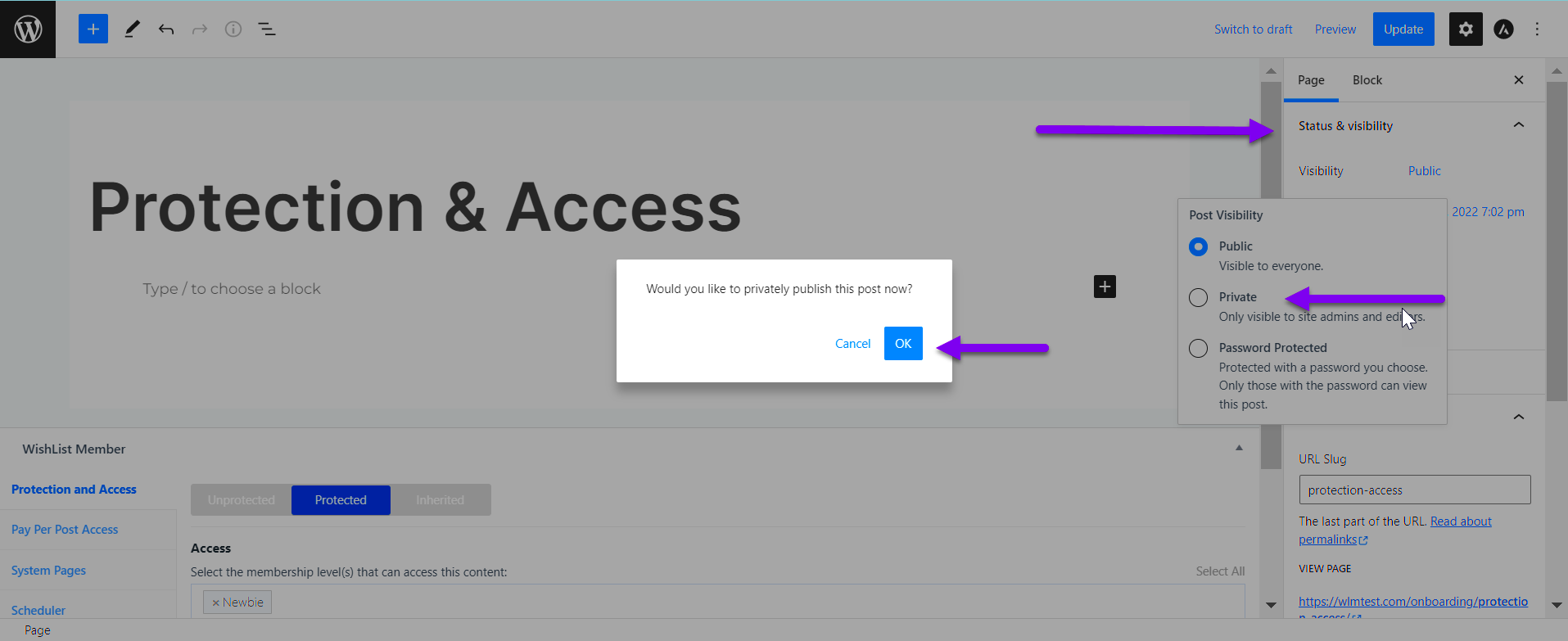
When it comes to enhancing your WordPress experience, having the right plugin can make all the difference. This particular plugin for viewing pages as a non-logged-in user is packed with features that can streamline your site’s functionality. Let’s explore some of the standout features:
- Preview Mode: Easily switch between viewing modes. This allows you to see how your site appears to logged-out users in real-time, ensuring you maintain an optimized user experience.
- Content Visibility Controls: Choose which content your visitors can see without logging in. This is especially useful for gated content, making it possible to entice users to log in for more detailed insights.
- Mobile Optimization: View your website in various screen sizes and devices. The plugin has an integrated feature to ensure that your pages look great on mobile, tablet, and desktop.
- User-Friendly Interface: The plugin boasts an intuitive interface. Even if you’re not the most tech-savvy individual, navigating through this plugin is a breeze!
- Customization Options: Tailor your viewing experience with customizable settings. Adjust colors, fonts, and layouts to match your brand’s identity even when you’re in preview mode.
- Feedback and Reporting Tools: After viewing in non-logged-in mode, gather valuable insights through built-in tools that allow you to assess content performance.
With all these features at your disposal, you’ll have a much clearer understanding of how your website is perceived by new visitors, and you can make improvements that could potentially boost engagement and conversions!
How to Install and Activate the Plugin
Installing and activating the WordPress plugin for viewing pages as a non-logged-in user is a straightforward process. If you’ve never installed a plugin before, don’t worry! I’ll walk you through it, step by step:
- Login to Your WordPress Dashboard: Start by logging into your WordPress admin area. You can access it by adding /wp-admin at the end of your website URL.
- Navigate to Plugins: On the left sidebar, look for the “Plugins” section and click on it. This will direct you to your plugins page.
- Add New Plugin: At the top of the plugins page, you’ll see an “Add New” button. Click on that to proceed to the add plugins screen.
- Search for the Plugin: Use the search bar, located at the top right, to enter the name of the plugin you wish to install. Once it appears in the search results, click on the “Install Now” button.
- Activate the Plugin: After the installation, you’ll see an “Activate” button. Click on that to activate the plugin and get started on using its features.
And voila! You’ve successfully installed and activated the plugin. It’s always a great idea to check the settings/options of the plugin after activation. You might find some features that you can customize to better fit your needs!
Configuring Plugin Settings
Getting your WordPress plugin up and running is an essential step for viewing your pages as a non-logged-in user. Once you’ve installed your plugin, you’ll need to navigate to its settings to customize its functionality according to your needs.
First things first, locate the plugin in the WordPress dashboard. Usually, you can find this under the “Plugins” tab, or there may even be a dedicated section specifically for your new plugin. Now, let’s dive into the settings!
- General Settings: This is where you might set basic parameters like enabling or disabling the preview mode, choosing specific user roles that will have access to this feature, or even setting permissions to restrict certain functionalities.
- Display Options: Look for settings that let you control how your content appears to non-logged-in users. You may want to show or hide certain elements like comment sections, gated content, or even call-to-action buttons.
- Testing Options: Many plugins will allow you to view pages as different types of users. Here, you can test various scenarios—such as logged-in vs. non-logged-in views—to understand how your visitors will navigate your site.
- Support and Documentation: Finally, don’t overlook the support section. It’s crucial to consult the documentation provided by the plugin developers for detailed instructions to maximize functionality.
Once you’re happy with the configuration, save your settings. You’re all set! You can now view your website through the eyes of a non-logged-in user, providing valuable insights about the user experience.
Use Cases for Non-Logged-In User View
So why is it important to view your WordPress site as a non-logged-in user? Well, the answer is simple: it helps you understand your audience better! Here are some key use cases where this feature can significantly enhance your website’s effectiveness:
- Content Accessibility: By simulating a non-logged-in experience, you can quickly check if your visitors can access the content they need without barriers. You can also determine if certain important information is hidden behind a paywall or requires registration, which might frustrate first-time visitors.
- User Experience Optimization: This view allows you to evaluate navigation issues that non-logged-in users might encounter. Are buttons easy to find? Is the layout user-friendly? Knowing these details can direct your design improvements and enhance overall usability.
- Testing Registration Flows: If your site requires user registration, you can test how intuitive and straightforward the sign-up process is. Are there any unnecessary hurdles? Essentially, you will pinpoint and reduce friction points in the registration process.
- Marketing Insights: Understanding how potential clients perceive your site can lead to better marketing strategies. You can see what elements stand out the most to new visitors and which don’t seem to attract attention, informing your future marketing efforts.
- SEO Evaluation: Lastly, viewing the page as a non-logged-in user helps you assess how search engine crawlers may interpret your site. It’s a great way to ensure that essential content is indexable and visible to potential visitors.
By exploring these use cases, you’re likely to uncover valuable insights into how the uninitiated user engages with your website. After all, every little tweak you make can lead to improved user satisfaction and increased conversions!
Comparing Other Solutions: Pros and Cons
When it comes to viewing a WordPress page as a non-logged-in user, there are several alternatives to using a dedicated plugin. Each option has its own set of advantages and disadvantages. Let’s dive into a comparison of some popular solutions:
| Solution | Pros | Cons |
|---|---|---|
| Incognito Mode |
|
|
| Browser Extension |
|
|
| Theme Preview |
|
|
| Manual User Switching |
|
|
Ultimately, your choice will depend on your specific needs and technical comfort. While plugins offer convenient features, manual methods can also be effective in certain situations.
Troubleshooting Common Issues
Even with the perfect WordPress plugin, you may encounter some hiccups along the way. Here are common issues users face and tips on how to resolve them:
- Plugin Not Displaying Correctly
If the plugin isn’t working as expected, try the following:
- Clear your browser cache and refresh the page.
- Check if the plugin is updated to the latest version.
- Deactivate other plugins to rule out conflicts.
- Page Load Times Are Slow
Sometimes, plugins can slow down your site. Here’s what you can do:
- Review the performance of your installed plugins and remove unnecessary ones.
- Optimize your database and clean up any bloat.
- Use a caching solution to speed up load times.
- Difficulty in Switching Views
If switching between views feels clunky:
- Ensure that your user permissions are correctly set. Sometimes a role misconfiguration can affect your ability to view pages.
- If you’re testing on a staging site, double-check that all settings are accurately mirrored to the live site.
- Inconsistent Results Across Browsers
If you’re receiving different page views on various browsers:
- Test your site on multiple browsers and devices.
- Look for CSS or JS issues specific to certain browsers.
- Check for caching issues that might be affecting browser-specific views.
By following these troubleshooting steps, you can enhance your experience and resolve common issues effectively. If problems persist, don’t hesitate to reach out to the plugin support community for help!
Conclusion: Enhancing User Experience
In the digital age, providing a seamless experience for all users is crucial. A WordPress plugin designed for viewing pages as a non-logged-in user offers immense benefits, especially for those managing membership sites, e-commerce platforms, or private blogs. Here’s a summary of the advantages:
- Accessibility: Non-logged-in users can navigate the site freely, mimicking the actual visitor experience.
- Content Quality Control: Administrators can assess what users see and adjust content or access levels accordingly.
- Testing Functionality: Plugin allows website admins to test their site’s public-facing parts easily.
- Improved Performance Insights: Gaining insights into content that attracts both logged-in and non-logged-in visitors can drive better content strategy.
- User Satisfaction: By observing pages as a guest, admins can enhance user engagement through better content and navigation adjustments.
The right plugin can transform the way administrators interact with their site, making adjustments based on real user experiences. Such tools not only streamline workflow but also align changes with the user’s perspective—ensuring that both logged-in members and potential subscribers enjoy an exceptional browsing experience.

